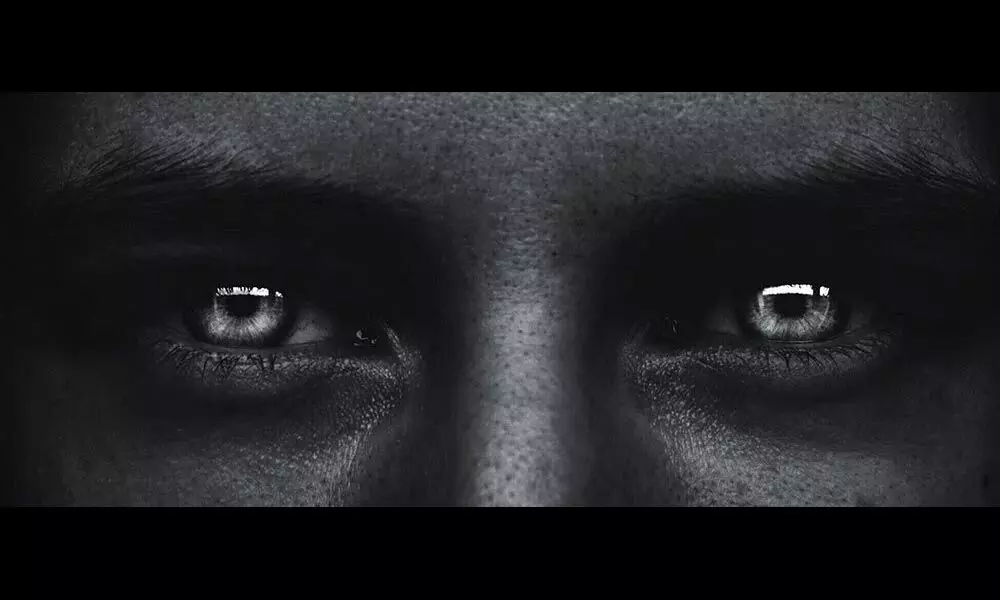Cancer Treatment Allows People To See In The Dark By Providing Them Night Vision

(Erik Marhoffer/EyeEm/Getty Images)
- Photodynamic therapy, in which light is used to eliminate malignant cells, may have one of the oddest adverse effects of all the cancer treatment treating patients are often able to see better in the dark.
- The research relied on what scientists already understood about retinal, an organic substance found in the eye that is normally insensitive to infrared radiation.
Photodynamic therapy, in which light is used to eliminate malignant cells, may have one of the oddest adverse effects of all the cancer treatment treating patients are often able to see better in the dark.
Researchers eventually discovered out why this occurred last year, Rhodopsin, a light-sensitive protein found in our eyes' retinas, interacts with chlorin e6, a photosensitive chemical that is a critical component of this sort of cancer treatment. The research relied on what scientists already understood about retinal, an organic substance found in the eye that is normally insensitive to infrared radiation.
The separation of retinal from rhodopsin is triggered by visible light, which is then turned into the electrical signal that our brains interpret as sight. Even though humans don't get much visible light at night, it turns out that another mixture of light and chemistry can trigger this mechanism. Retinal alterations under infrared light and with a chlorin injection are the same as they are underneath visible light.
The scientists employed a molecular simulation to represent the motion of individual atoms (in terms of their relative attraction or repulsion), as well as the breaking or formation of chemical bonds, in addition to some high-level chemistry computations. Since it was able to effectively represent the chemical reaction triggered by infrared radiation, the simulation was ran for numerous months and chewed through millions of calculations. The reaction would happen in nanoseconds in real life.
The molecular simulation demonstrates that when chlorin e6 absorbs infrared radiation, it comes into contact with oxygen in the eye tissue, transforming it into highly reactive singlet oxygen. Singlet oxygen can also react with retinal and enable a raise in night vision, in addition to ruining cancer cells.
Since that scientists understand the chemistry behind this strange side effect, they may be able to reduce the chances of it occurring in photodynamic therapy patients who have reported seeing silhouettes and outlines in the dark. This chemical reaction could have been used to treat some types of blindness or light sensitivity in the future though it's not advised that people try to employ chlorin e6 to give itself extraordinary night vision.
Next Story







